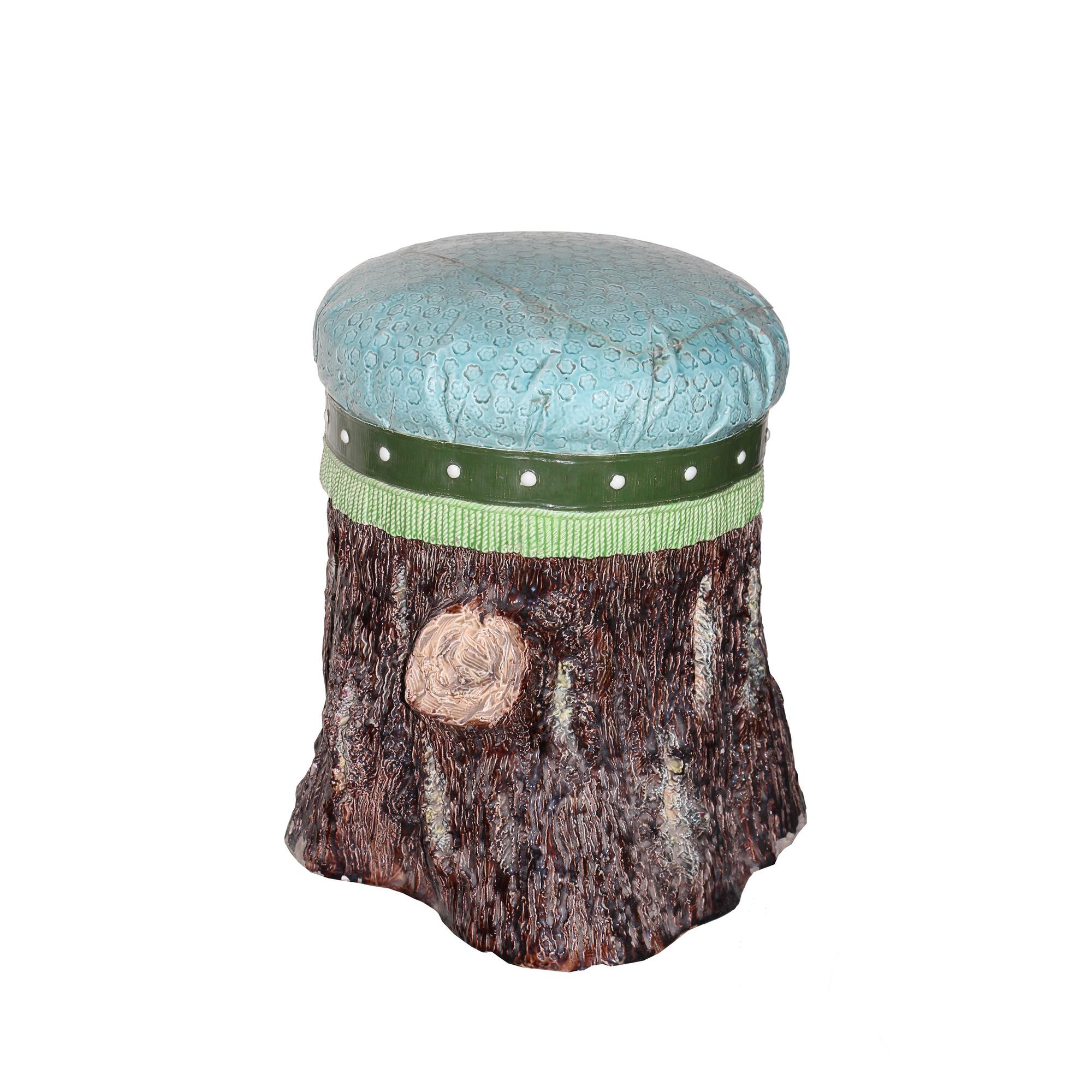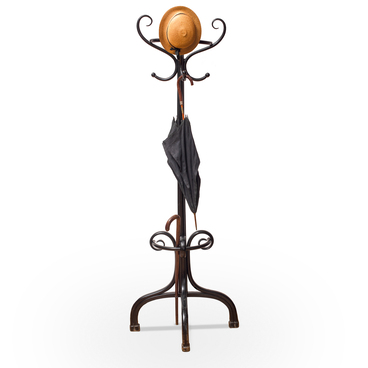The museum’s exhibition features a unique trick object — a ceramic footstool shaped like a stump with a round cushion covered with fabric encircled with a decorative belt and tassels. This artwork was made at the ceramics factory of the Matvey Kuznetsov Partnership for the Production of Porcelain, Earthenware and Majolica Products in Dulyovo at the turn of the 20th century.
Trick items served to imitate the appearance of objects through artistic means, creating the effect that the artwork is the real thing. Such artworks play with the viewer’s perception, making flat objects seem three-dimensional, close objects appear distant, and the illusion become reality. They make one wonder at the artist’s skill in creating such convincing deceptions.
Trick objects were used for entertainment purposes. They became fashionable in Europe in the early 18th century when European porcelain was invented. They were referred to using the term “trompe l’oeil”, from the French phrase meaning “deceive the eye”. However, even before that, various artists, such as painters, sculptors, and wood carvers, were attracted to this concept. Ceramic trick objects were also popular in the Russian Empire. They were used to decorate the interiors of palaces, manors, merchant mansions, and houses owned by the petit bourgeois.
The Matvey Kuznetsov Partnership was one of the largest companies in the Russian Empire specializing in porcelain and faience. It was founded by the Russian industrialist in 1889 and operated until the Russian Revolution. In 1918, the company was nationalized. Its range of products was extensive and included porcelain dinnerware sets, ashtrays, vases, fruit baskets, and interior items such as chandeliers, stools, and mirrors.
The stump from the museum’s exhibition is a brilliant example of a trick object used in interior décor. It uses ceramics to imitate various materials, such as wood, fabric, and tassel. During the Soviet period, this exhibit was located in a building on Lenin Street housing the Taganrog Committee of the Communist Party (currently Petrovskaya 72). During the German occupation, it stood in one of the offices of the city mayor.


